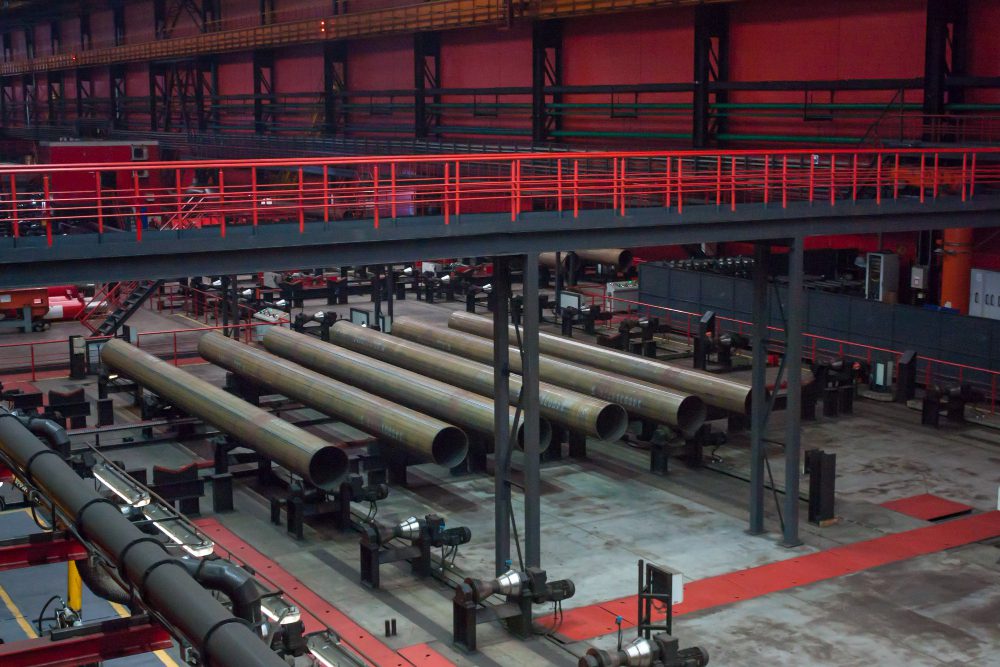Piping Choices Uncovered: Your Industrial Handbook
Sculpting the skeleton of our industrial society are intricate networks of pipes, a ubiquitous but often overlooked presence. Their role is crucial, bridging the gap between source and destination, dictating the flow of myriad materials across vast complexes. But how does one navigate the labyrinth of choices when selecting the perfect piping system for an industrial plant? Is it just about joining pieces of metal or does it involve a keen understanding of economic, environmental and functional criteria? Let’s explore the complexity of this subject with our analysis by the seasoned experts of an esteemed industrial piping company.
Understanding The Cost Factor In Industrial Piping Selection
Cost considerations underpin every decision in industrial setups, and pipe selection is no different. One must balance the economic factors, such as the diameter of the pipes and how they influence energy costs. It’s not just about the upfront investment; the diameter of a pipe directly impacts the flow rate and pressure, thus affecting the ongoing energy costs.
 The Journey Inside: Picking Piping Based On Material Transport
The Journey Inside: Picking Piping Based On Material Transport
Choosing the right conduit for your cargo is critical. The nature of the fluid to be transported, its pressure and the temperatures—both static and transient—play a pivotal role in selecting the ideal piping system. The wrong choice can lead to material degradation or even disastrous leaks, underscoring the importance of aligning pipe selection with the substance it’s designed to carry.
Outdoors And The Elements: A Pivotal Part Of Piping Selection
Outdoor conditions significantly influence the selection of industrial piping. Heat sources in proximity, the abrasion resistance of the piping material and its electrical conductivity are factors that you cannot ignore. Moreover, the pipe must also withstand specific environmental conditions and agents, emphasizing the need for a thorough selection process with the industrial pipe-supplying company.
The Subtle Art Of Bending: Radius Considerations In Industrial Piping
The physical architecture of an industrial plant often requires pipes to bend and twist, making the minimum bending radius a key consideration. This aspect, often overlooked, can impact the pipe’s effectiveness and durability and maintenance costs over time.
Seamless Or Welded: Answer The Question Of Industrial Pipe Types With Industrial Piping Company
An industrial piping company often encounters the question—welded or seamless? While seamless pipes offer superior pressure ratings and are ideal for high-temperature applications, welded pipes often win favor for their economical pricing and availability in longer lengths. Each has its pros and cons, and the choice hinges on the specific requirements of the industrial plant.
Choosing Welded Pipes: Understanding The Advantages
Despite being perceived as less robust than their seamless counterparts, welded pipes find favor in many applications due to their economic benefits and ease of installation. They also come in various sizes, making them versatile for diverse industrial needs.
Seamless Pipes: A Synonym For Strength And Reliability
Seamless pipes are the epitome of strength and reliability. With no welds, they are inherently stronger and less susceptible to leaks and failures. These qualities make them the go-to choice for high-pressure, high-temperature applications in industrial settings.
Choosing the right piping for an industrial plant is a complex interplay of multiple factors, requiring a deep understanding of the pipe material and design, the overall environment and the specific materials undergoing transportation. A seasoned industrial piping company is the right partner to guide you through this maze of choices, helping you arrive at the most optimal, cost-effective and sustainable solution for your industrial piping needs.
Get Ready To Engineer Success With Bison Pipe
So, are you seeking to fortify your industrial operations with the most durable and efficient piping solutions? Why settle for less when you can partner with Bison Pipe, a leading industrial piping company that can help you navigate the maze of choices to find the perfect fit for your needs? Let’s journey to engineering success and robust infrastructure with Bison Pipe. Call us now!

